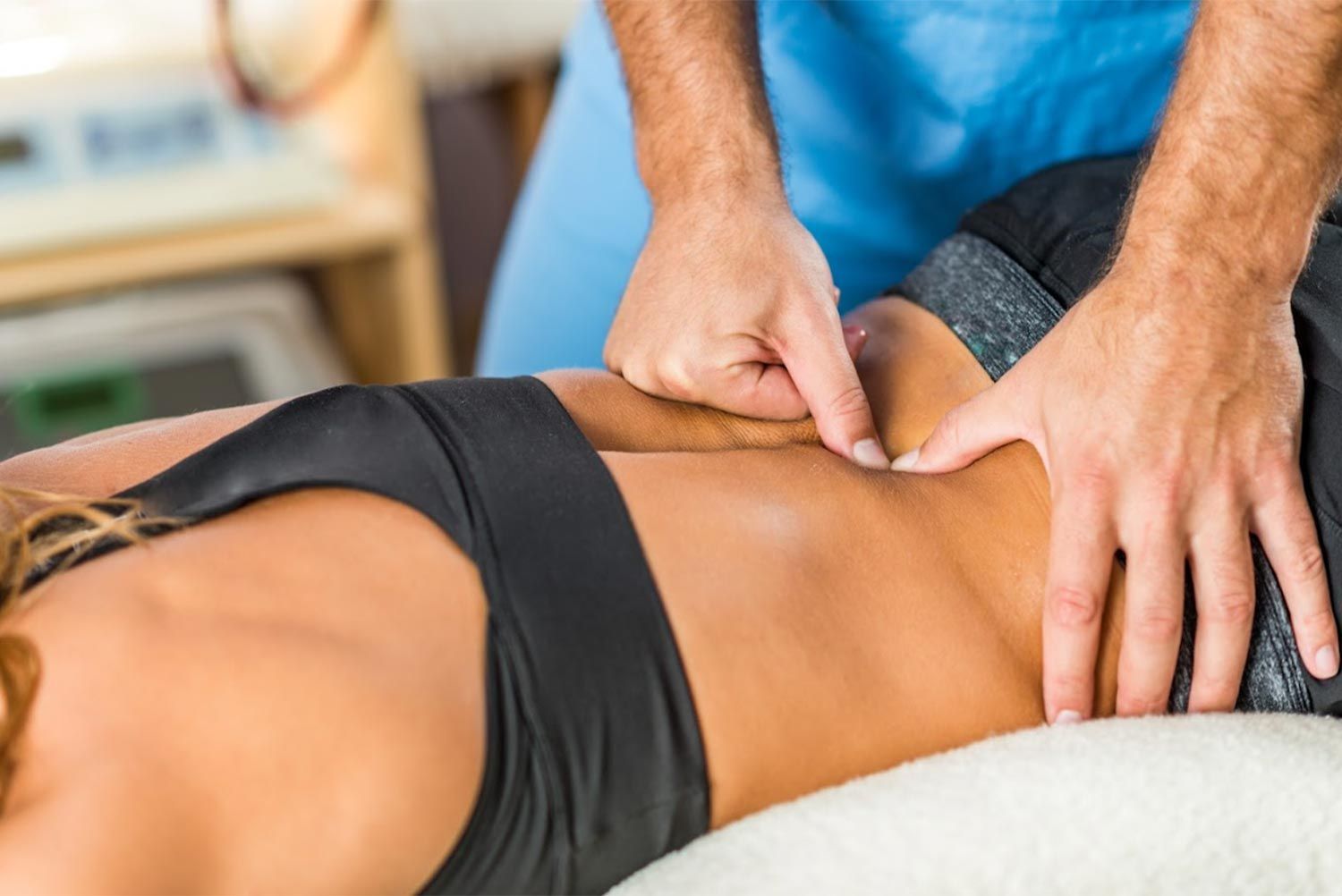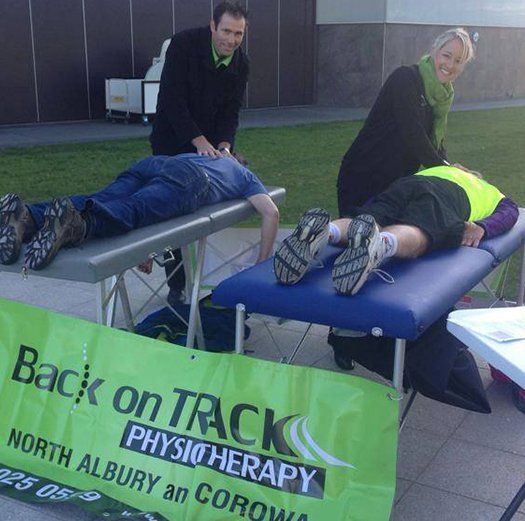Physiotherapy and Long COVID
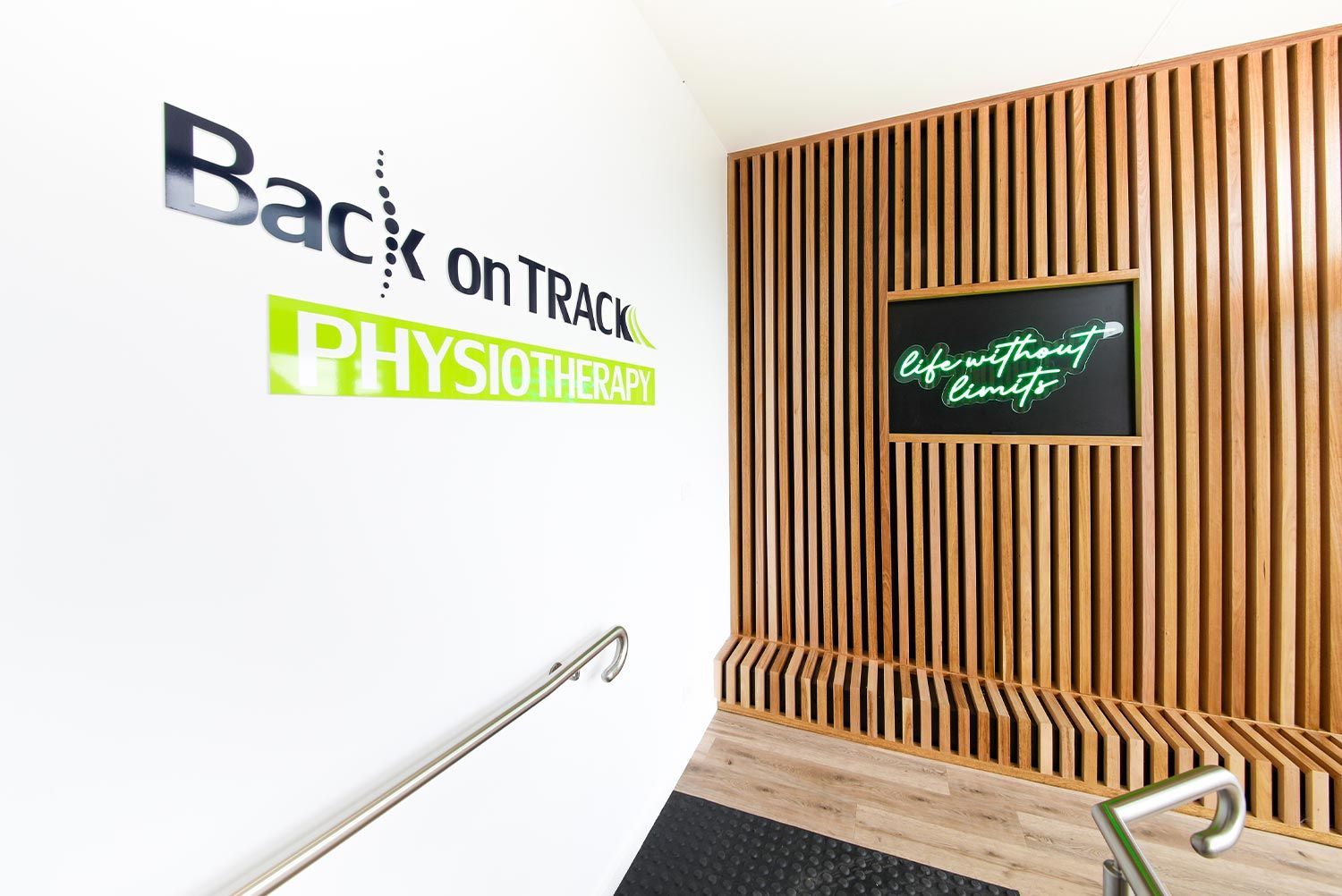
Slide title
Write your caption hereButton
Physiotherapy and Long COVID
To some of us, it feels as though lockdowns, mask wearing and social distancing are a distant memory. Unfortunately for others, the effects of COVID continue to alter their everyday life.
Estimates of the number of people with long COVID vary widely, ranging from two to 30 per cent, potentially a significant proportion of the infected population. It is not known how or why some people are unlucky to experience this. What is known, however, is that Physiotherapy can help get you back on track after a COVID infection.
Long COVID has since been officially recognised by the World Health Organisation As sourced from the Australian Physiotherapy Association (APA)- ‘ Even among long COVID patients there is a considerable difference in symptoms. The major ones include fatigue and shortness of breath, both exacerbated by exercise or exertion, and cognitive issues, commonly known as brain fog.
COVID-19 can also worsen existing conditions and comorbidities, which may complicate diagnosis.
Long COVID is not necessarily related to severity requiring hospitalisation.
So what can our Albury, Corowa, and Howlong Physiotherapists help you with? We can help with advice around returning to normal activities, helping shortness of breath, managing fatigue and fixing any muscular aches or pains. We can help you get back to work, get back to gardening, exercising or walking the dog. We can help get you Back on Track.
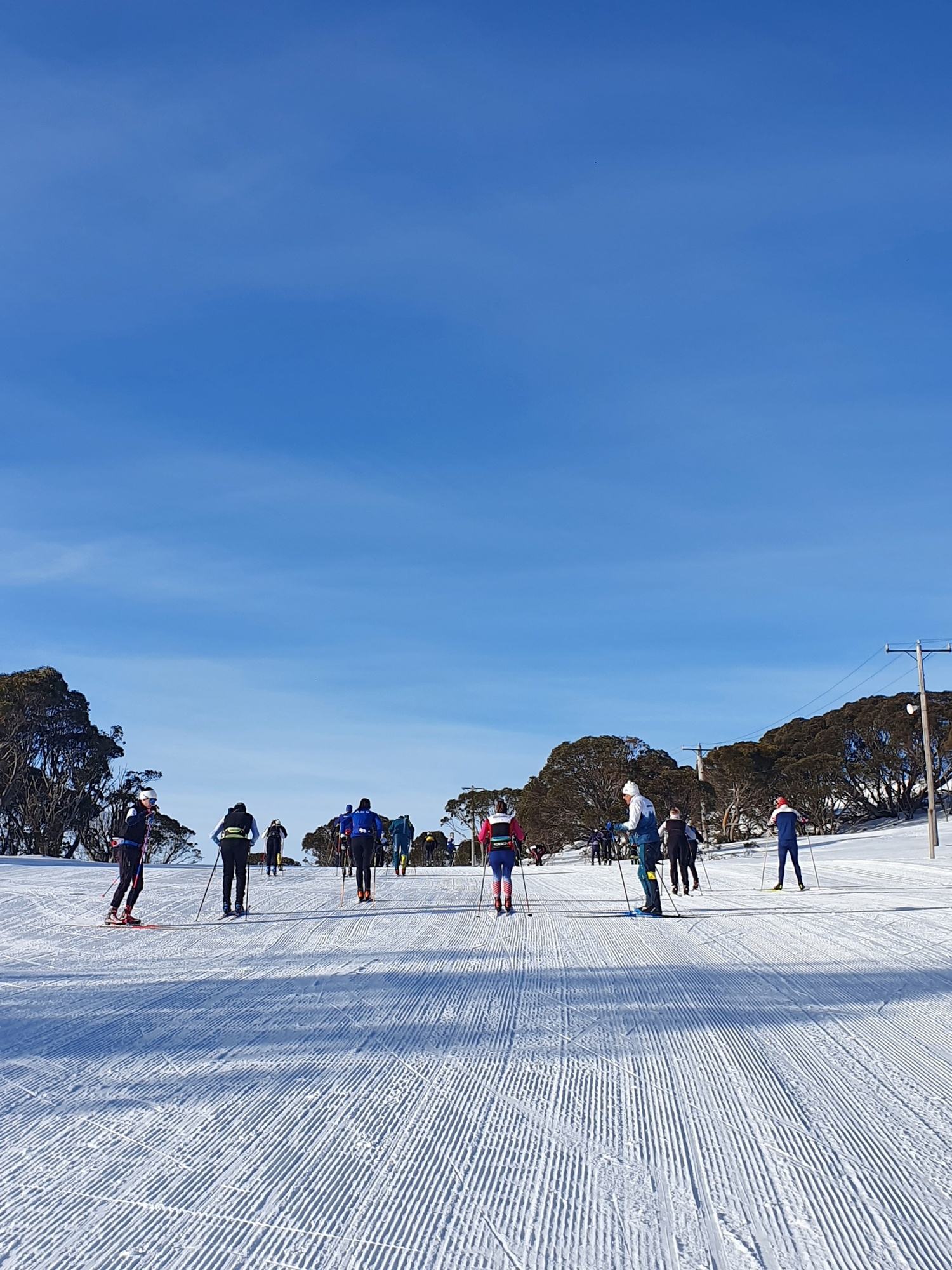
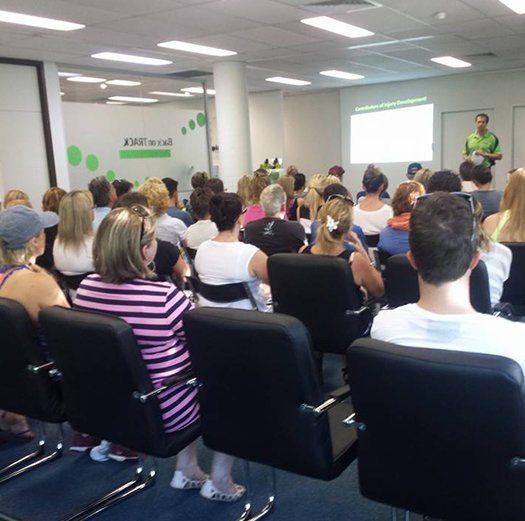

Contact Back on Track Physiotherapy
Request an appointment or simply enquire about our services or team – it could be the first step to feeling "Back on Track".
Corowa Clinic
Phone: 02 6033 0933
Finley Clinic
Phone: 02 6033 0933
Berrigan Clinic
Phone: 02 6033 0933


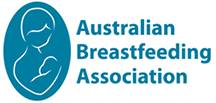

Acknowledgement of Country
We Acknowledge the Traditional Custodians of the lands where we work and the places in which we live. We pay respect to Ancestors and Elders, past, present and future
© Copyright 2023 | All Rights Reserved | Back on Track Physio | Web Design by ACM Digital





